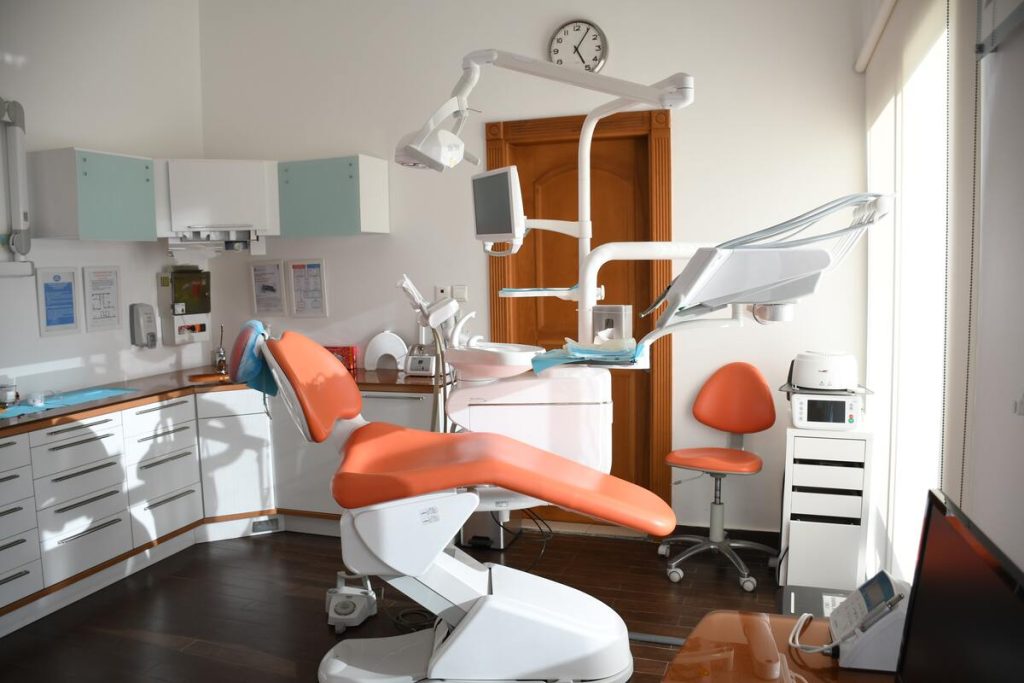Dental professionals must give the best possible care to their patients, and they know that sterilization is the most crucial part of patient care. It is the best way to ensure cleanliness and minimize health risks for patients, staff, and the community.
It’s critical to follow the standard sterilization procedures to do our job and responsibilities correctly. Doing so helps prevent the spread of diseases and keeps your patients safe. This article will detail different sterilizing instruments in a dental office setting.
Steam Sterilization
Steam sterilization is a process of sterilizing instruments with high-pressure saturated steam. It’s one of the most common sterilization methods, and it’s effective in destroying microorganisms. The process takes about 15 minutes, and the instruments are sterile when they come out of the autoclave.
There are a few things to keep in mind when using the steam sterilization method. It’s best to ensure that you have enough water in the autoclave to create steam, use the correct cycle time, and use a sterile load. If you follow these guidelines, you’ll be able to achieve effective sterilization with steam.
Pressurized Steam Sterilization System
You can use a pressurized steam sterilization system with air or inert gas to sterilize instruments. The process is faster than the traditional autoclave because it uses higher temperatures and pressure levels to destroy microorganisms. You seal the load, push start, remove when a cycle is complete, and then let the equipment vent.
You can use a pressurized steam sterilization system with autoclave bags, rigid loads, or flexible loads. It’s essential to pay close attention when buying this type of sterilizer because some have safety features that monitor the pressure and temperature during the cycle, letting you know if something is wrong with the equipment.
Chemical Sterilization
You can use chemical sterilization to disinfect instruments, and it’s also one of the oldest methods. Various chemicals such as ethanol or glutaraldehyde are used to kill microorganisms. The process takes less than three minutes. You should always follow the manufacturer’s instructions when using this method because different types of chemicals work in different ways depending on the sterilization method.
When using chemical sterilization, consider how long the instrument needs to be immersed in the chemical. Then, make sure that the room is well-ventilated, and use gloves and safety goggles because some chemicals can cause irritation or even burns.
Ethylene Oxide Gas Sterilization
You can use ethylene oxide gas to sterilize instruments through the process of gas-phase displacement. Ethylene oxide is an effective disinfectant used to clean medical equipment, pharmaceuticals, and food processing machinery. The process takes at least 30 minutes. If you don’t follow the instructions carefully, you could expose staff to this chemical.
To use ethylene oxide gas sterilization safely, ensure that your room is large enough for effective air circulation. You should also have an adequate supply of fresh gas for the entire process time and use gloves and safety goggles because some types of chemicals can cause irritation or even burns.
Classification of Dental Instruments

Classifying dental instruments is a way to determine what method you should use when sterilizing them. It’s essential to pay close attention when classifying your dental instruments because you can’t use a single process with every tool in the office.
For example, it’s not safe to use ethylene oxide gas sterilization on a handpiece or with instruments that have heat-sensitive materials like plastic or rubber, so you’ll need to use steam sterilization or autoclaving for those.
Technically, there are four types of dental equipment. Autoclavable, dry heat-resistant, ethylene oxide gas-resistant, and low/non-heat resistant dental equipment.
Each category of the instrument has specific requirements for the sterilization process. Make sure that you follow your state’s guidelines for sterilizing dental equipment.
Who is Responsible for Sterilization?
Sterilization is a shared responsibility between the specialist and their dental assistant. More so, the dental clinic should have a qualified, credentialed sterilization technician to do this job.
Recommendations vary slightly on who’s responsible for the actual process. Still, both parties must take part in training related to sterilization protocols for different types of instruments, and they should follow these procedures at all times.
More so, both parties need to be trained to respond if a problem occurs while sterilizing instruments. If something goes wrong, it’s essential for whoever washes the tools to know how to contact the sterilization technician, so they can deal with any issues immediately.
Maintaining dental equipment and other orthodontic products is incredibly important to ensure they work correctly and safely. Sterilization also reduces the risk of cross-contamination if a patient is receiving multiple services from your office, which can help you save money on medical bills.
In doing so, you’re making a difference for your patients by giving them the best care possible.







